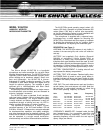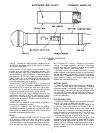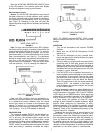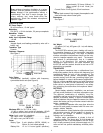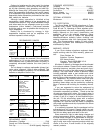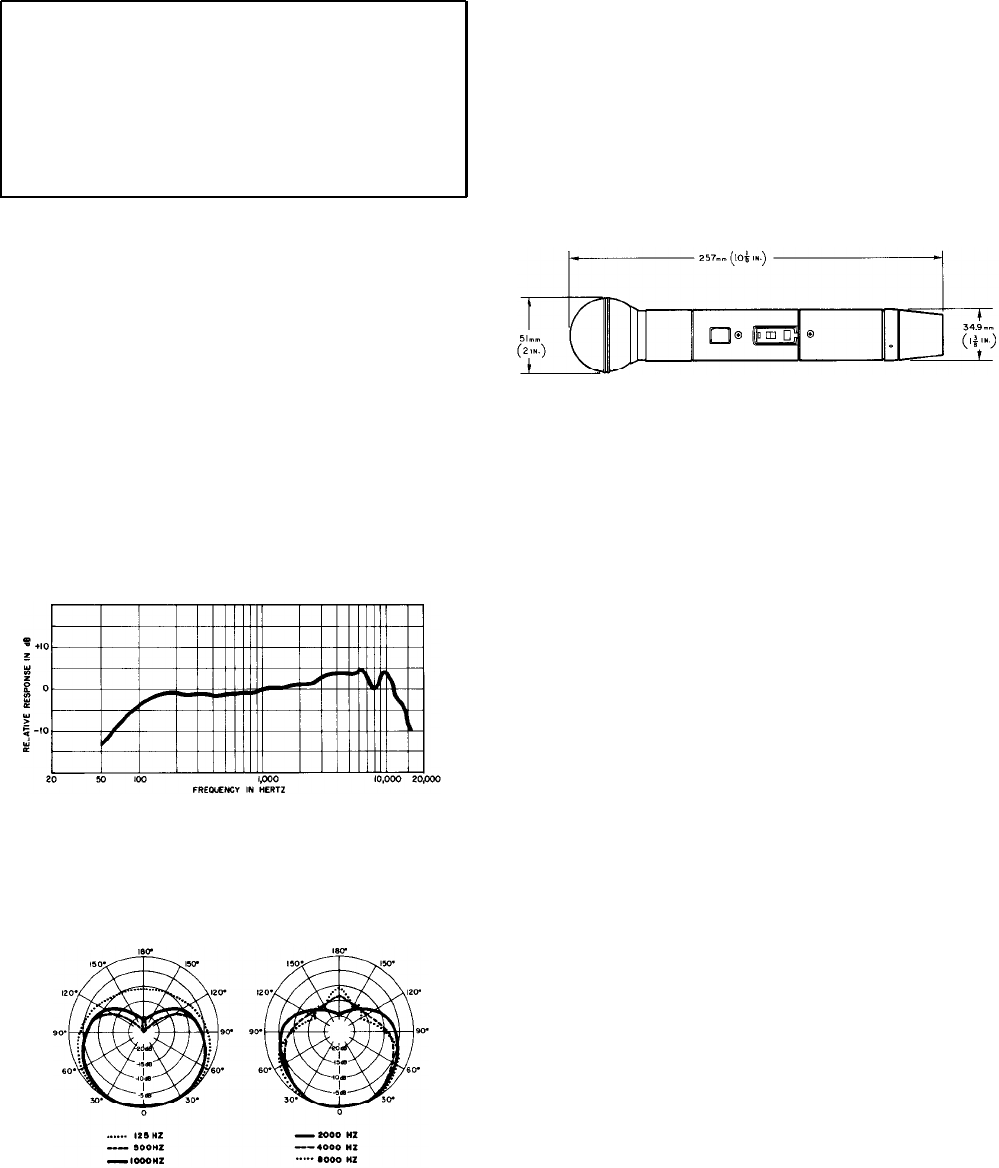
IMPORTANT
Every
wireless microphone installation is a unique
situation, and can present a variety of problems.
Never attempt a live performance without a
“walkthrough” first. And if major changes (fur-
niture, scenery, etc.) were made since the
walkthrough, check the wireless microphone
operation again.
SPECIFICATIONS
RF Power Output
50 mW maximum; 15 mW typical
Modulation
FM (54F3) ± 12 kHz deviation, 50 µsec pre-emphasis
Modulation Limiter
Internal compressor
Audio Level Adjustment Range
>40 dB
Antenna
Integral dipole; end-loading provided by wire coil in
battery cap
Transducer Type
Dynamic
Frequency Response
See Figure 5
TYPICAL FREQUENCY RESPONSE
FIGURE 5
Polar Pattern
Unidirectional (cardioid), uniform with frequency,
symmetrical about axis (see Figure 6)
TYPICAL POLAR PATTERNS
FIGURE 6
Maximum SPL
(for 3% THD at 1 kHz)
118 dB or greater, level control full clockwise; 138 dB
or greater, level control set for 20 dB attenuation
Noise
(level control full clockwise)
SPL equiv. max., A-weighted . . . . . . . . . . .
30 dB
SPL equiv. max., per DIN 45 405 . . . . . . . . . . . . . 33 dB
Power
Battery Type:
9-volt alkaline (NEDA 1604A) or
lithium; 8.4-volt nicad optional
Battery Life:
12 to 14 hours typical (alkaline);
approximately 35 hours (lithium); 3
hours typical (8.4-volt nicad; per
charge)
Current Drain: 24 mA typical; 28 mA maximum
Case
Matte black enamel high-impact thermoplastic and
steel with matte chrome steel grille
Dimensions
See Figure 7
OVERALL DIMENSIONS
FIGURE 7
Net Weight
410 grams (14.5 oz); 455 grams (16.1 oz) with battery
ANTENNA
The W15HT/58’s antenna uses a loading coil tuned to
the operating frequency of the transmitter (see table
under End Cap description). End caps of different
wireless microphone transmitters should not be inter-
mixed or improper operation may result.
The transmit-
ting antenna is omnidirectional, that is, it radiates
equally in all directions. For optimum wireless
microphone applications, the area between the
W15HT/58 and the receiver should be as free of RF
obstructions as possible.
TRANSDUCER
The dynamic transducer has a unidirectional (car-
dioid) pickup pattern that is uniform with frequency and
symmetrical about the axis of the microphone. The
unidirectional pickup pattern discriminates against
sounds coming from the rear, permitting higher gain-
before-feedback in sound reinforcement applications.
With its uniform cardioid pattern and wide frequency
response, the W15HT/58 can selectively mike a par-
ticular voice in a vocal group or instrument in an ensem-
ble, minimizing the occurrence of microphone “bleed”.
BATTERIES
Careful battery selection, installation, use and care
will help avoid problems in wireless microphone use.
The optimum combination of reliability, long life,
availability and low cost at this time is the manganese-
alkaline, or alkaline, battery. A word of caution about
alkaline batteries: they are not all the same size. Make
certain the battery you buy will make contact inside the
battery compartment.
Nine-volt lithium batteries offer more than twice the
service life and greatly increased shelf life over com-
parable alkaline batteries.
Nickel-cadmium (nicad) batteries offer convenience
and long-term economy, but the tradeoff is in shorter ex-
pected life per charge. In addition, forgetting to
recharge can be disastrous.
Another major consideration in nicads is that of
operating voltage. The “heavy-duty” 8.4-volt nicads are
satisfactory for use in this microphone, but the “9-volt-
size” nicads commonly found in stores supply only 7.2
volts and will not provide satisfactory wireless perfor-
mance.
4



